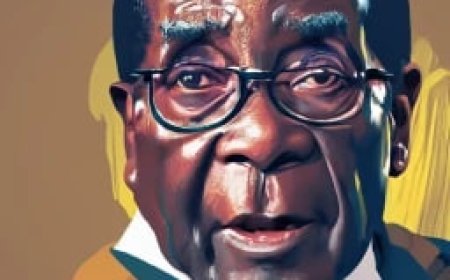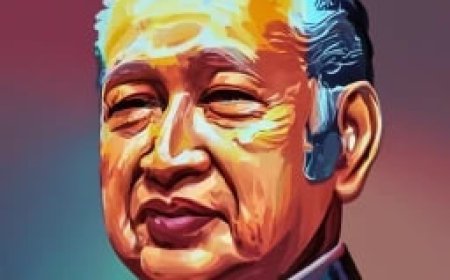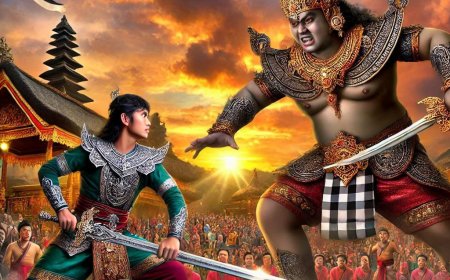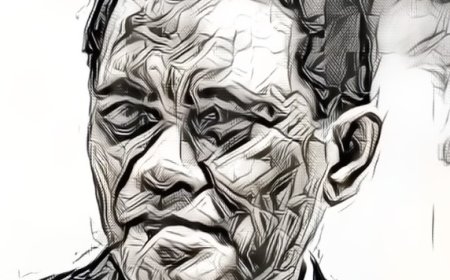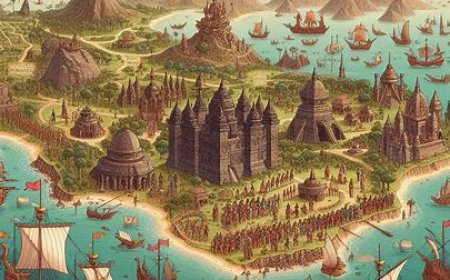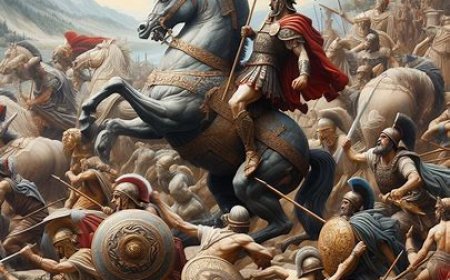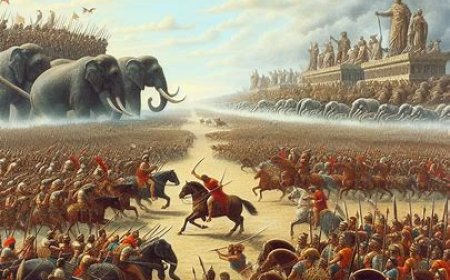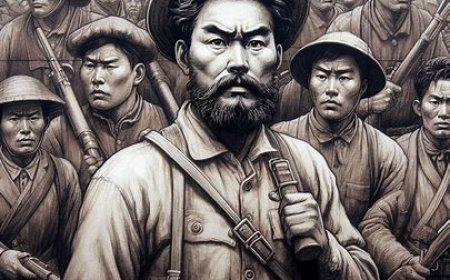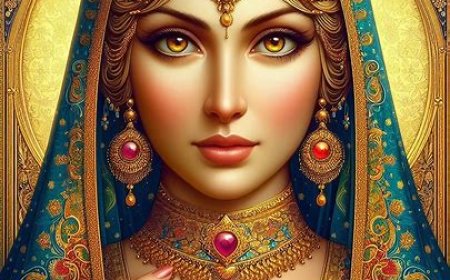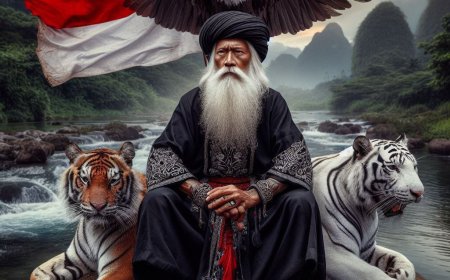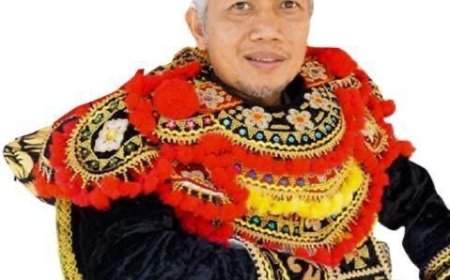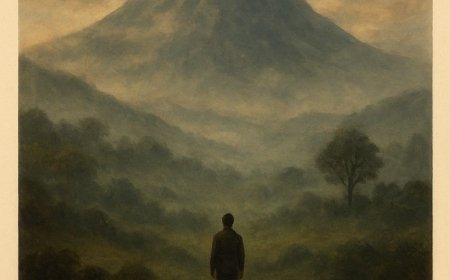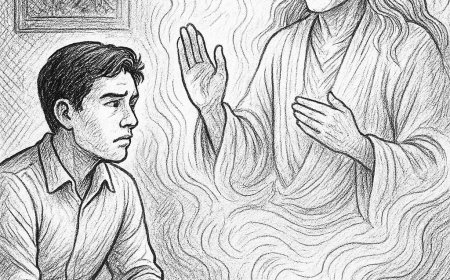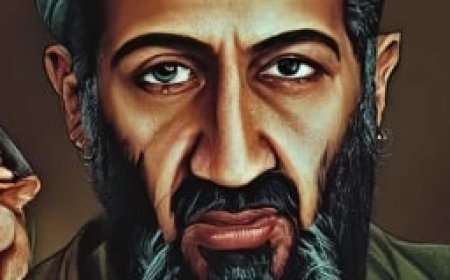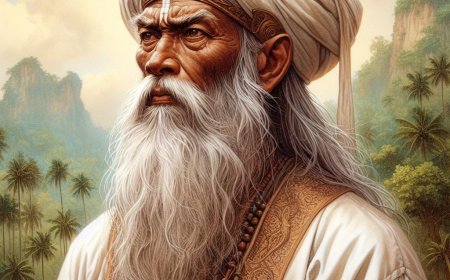Geopolitical Implications: Queen Kaikeyi's Coercion for Bharata's Ascension to the Ayodhya Throne
The war between Rama and Ravana eventually occurred. This text will not continue the story to its conclusion but attempt to look at the geopolitical perspective resulting from the decision to choose Bharata as the king and Rama's exile for 14 years into the forest.
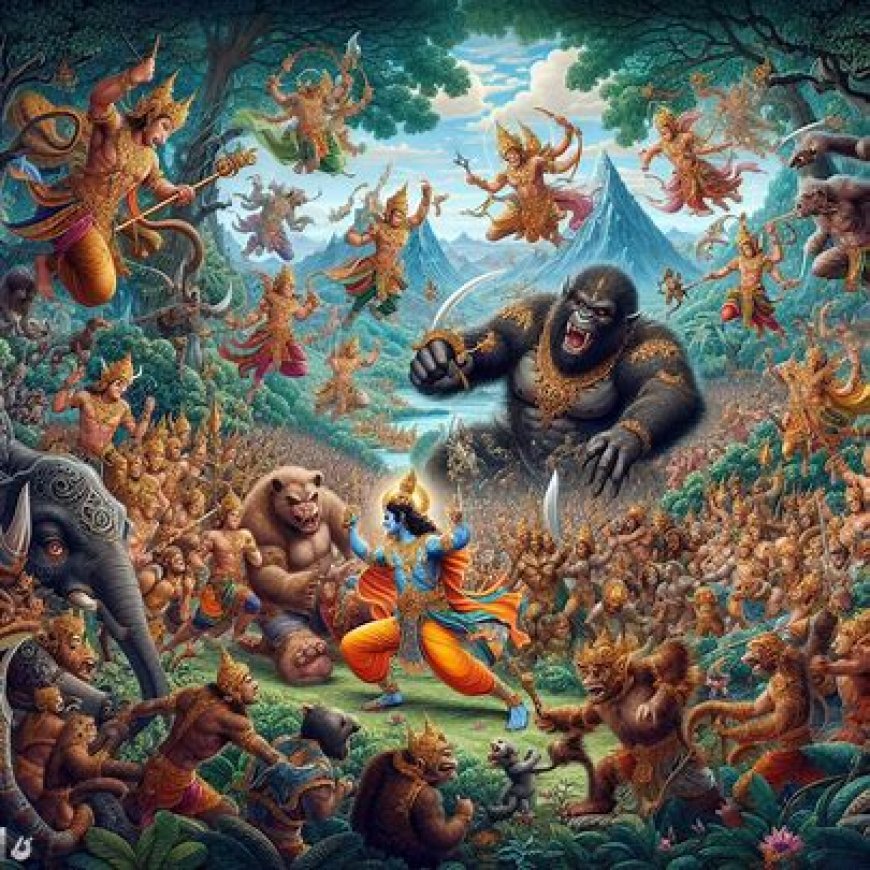
The story of Queen Kaikeyi demanding her son, Bharata, to be crowned as the king is an epic tale from the ancient Indian epic Ramayana. Here is a summary of the story:
Queen Kaikeyi was the wife of King Dasaratha of Ayodhya and the mother of his only son, Bharata. King Dasaratha had four wives, including Queen Kaikeyi and Queen Kausalya. Rama, the son of Queen Kausalya, was the rightful heir to the throne of Ayodhya.
One day, King Dasaratha decided to crown Rama as the prince and heir to the throne. This decision brought great joy to Queen Kaikeyi as she deeply loved Rama. However, her happiness turned into anxiety when Manthara, a palace maid and her close confidante, poisoned her mind.
Manthara successfully convinced Queen Kaikeyi that with Rama becoming the heir, Bharata would never become the king. In her effort to ensure Bharata's kingship, Kaikeyi revealed a request to King Dasaratha. Earlier, King Dasaratha had granted her two boons, which she could claim at any time as a reward for her past services.
Queen Kaikeyi demanded the realization of those two boons. First, she asked for Rama to be banished to the forest for 14 years, and second, Bharata to be appointed as the king of Ayodhya. King Dasaratha was deeply saddened by this request as he loved Rama dearly. Despite his heavy heart, he ultimately fulfilled these promises.
Rama, obedient and dutiful, accepted the decision and prepared to go into exile. Bharata, who disapproved of the plan and rejected becoming king, tried to persuade Rama to return, but Rama remained steadfast in his decision.
After Queen Kaikeyi demanded Rama's exile and Bharata's appointment as king, Bharata firmly refused to become the king. He deeply loved his brother, Rama, and felt that the decision was unjust. Bharata did not want to achieve his political goals by replacing his legitimate brother. Instead, he wanted Rama to return and rule Ayodhya.
When Rama set off to the forest, Bharata tried to convince him not to go and offered to sacrifice his own life as a king for his brother. However, Rama remained firm in his decision and refused to break the promise made by his father, King Dasaratha.
Bharata, unwilling to become king, chose not to enter Ayodhya. Instead, he left the city and sought Rama in the forest. After meeting Rama, Bharata revealed that he did not want to be king and asked Rama to return and rule Ayodhya.
Rama rejected the request and affirmed that he would spend 14 years in the forest as promised by his father. As a sign of respect to his brother, Bharata asked Rama for a token to signify that Ayodhya was still under Rama's rule during his exile. Rama gave his sandals to Bharata and asked him to place them on the throne as a symbol of temporary governance.
Bharata returned to Ayodhya, carrying Rama's sandals, and placed them on the throne as a gesture of respect to his brother. During the 14 years, Bharata governed as Rama's representative and refused to live in luxury, spending his time fasting and worshiping as a hermit to demonstrate his loyalty to Rama. He vowed to hand over the throne to Rama once his exile ended.
The war between Rama and Ravana eventually occurred. This text will not continue the story to its conclusion but attempt to look at the geopolitical perspective resulting from the decision to choose Bharata as the king and Rama's exile for 14 years into the forest.
The Geopolitical Implications of these events can be broadly explained as follows:
1. Instability in the Ayodhya Government: Rama's exile creates dissatisfaction and instability in the Ayodhya government. The divided power and the vacuum/weakness in leadership can be a crucial factor triggering conflicts, especially because Rama is the legitimate heir to the throne, loved by many. This can create political and social instability in the kingdom.
2. Trust in the Government: The people of Ayodhya may lose trust in the government and institutions due to decisions that appear unfair. This can damage the government's legitimacy and threaten stability.
3. Change in Regional Dynamics: During Rama's exile, the political dynamics in the surrounding regions, including Lanka, may undergo changes. Leaders like Ravana in Lanka may see an opportunity to exploit this situation.
4. Involvement of Other Kingdoms: The abduction of Sita and the conflict between Rama and Ravana may trigger the involvement of other kingdoms or groups choosing to support one side in the conflict.
5. Strategic and Diplomatic Considerations: The event of Sita's abduction can spark strategic and diplomatic considerations among neighboring kingdoms. Alliances and exchanges of support may occur in response to these developments.
6. Religious and Cultural Conflict: The abduction of Sita and the ensuing conflict may trigger religious and cultural considerations among the involved kingdoms. Religious and cultural values may become the basis for alliances or conflicts.
7. Impact on Regional Peace: The war between Rama and Ravana can have a significant impact on regional peace and stability. It can also affect inter-kingdom relations in the long term. In this context, Sita's abduction and the evolving war create waves of broad geopolitical impact, influencing the dynamics among kingdoms in the region.
8. Potential Change in Power Map: This conflict has the potential to bring about changes in the power map of the region. The victor in the battle will directly impact the structure of power and influence in the area.
In the context of the Ramayana, the conflict between Ayodhya and Lanka illustrates how the internal decisions of one kingdom can have significant effects on geopolitics and lead to conflicts on a larger scale.
(source: chatgpt)
What's Your Reaction?













